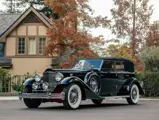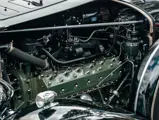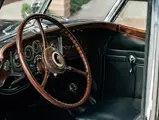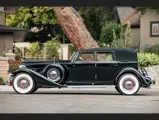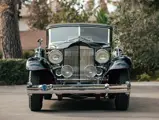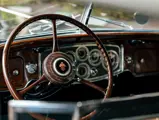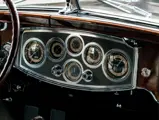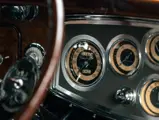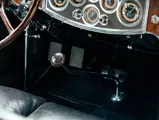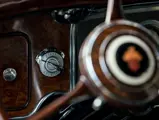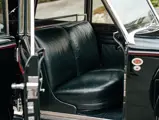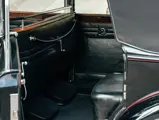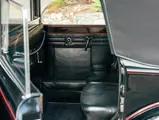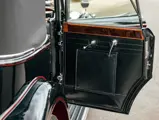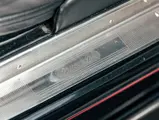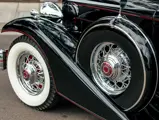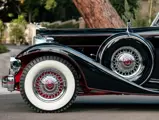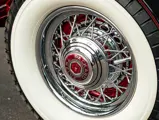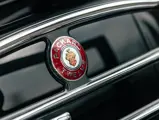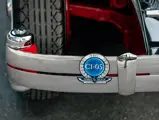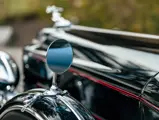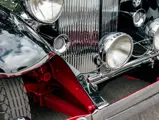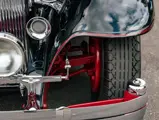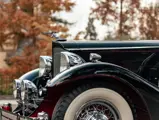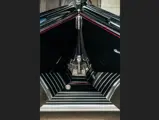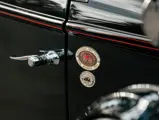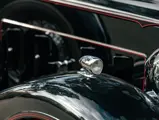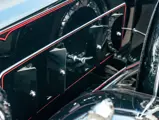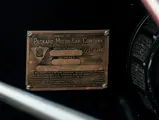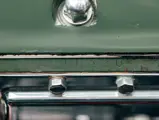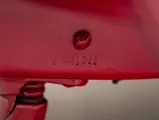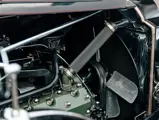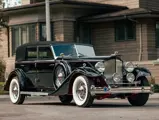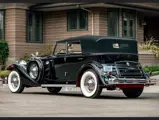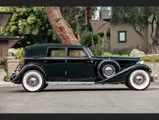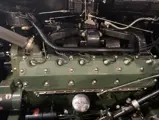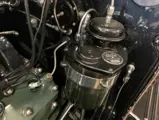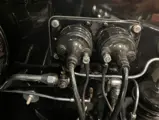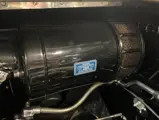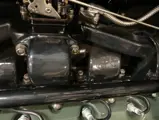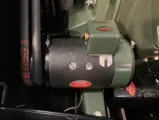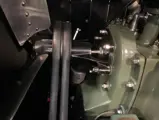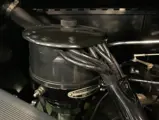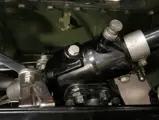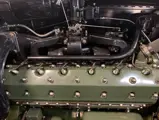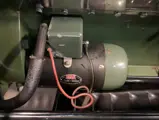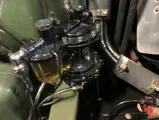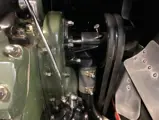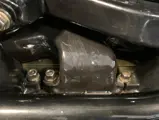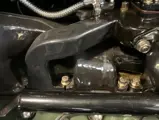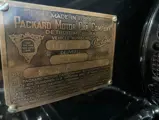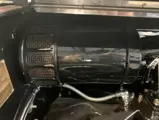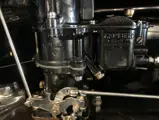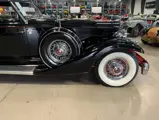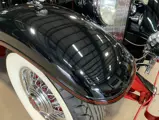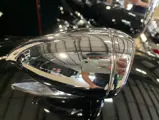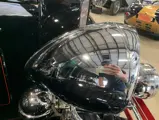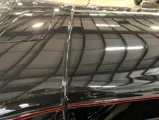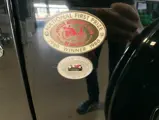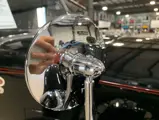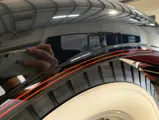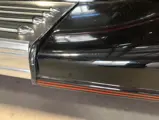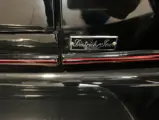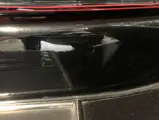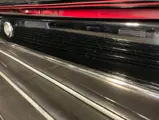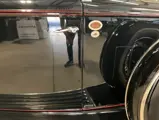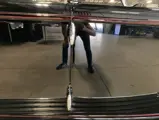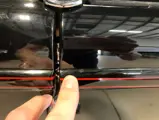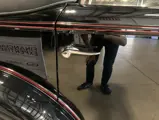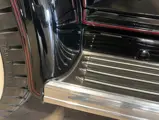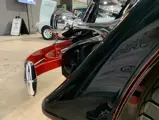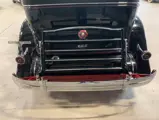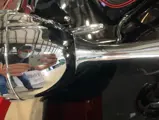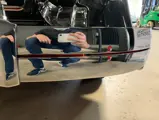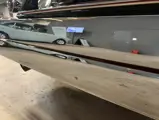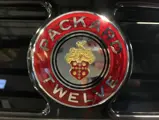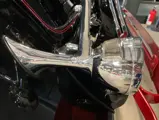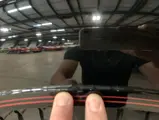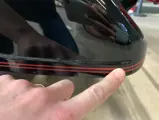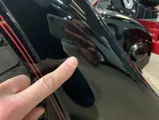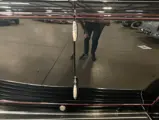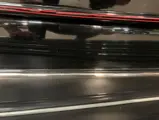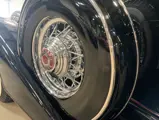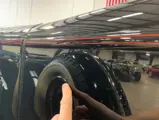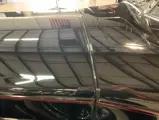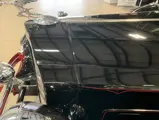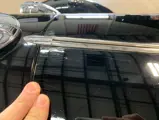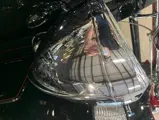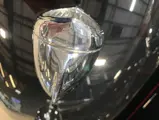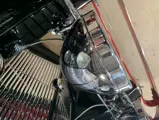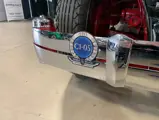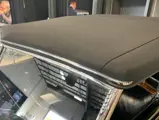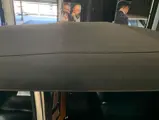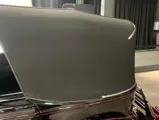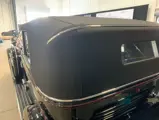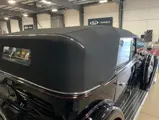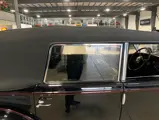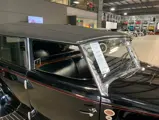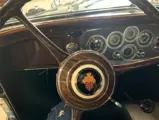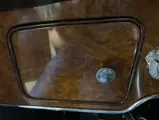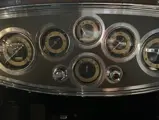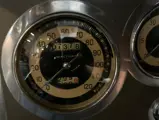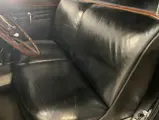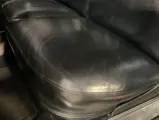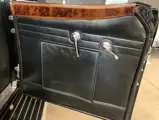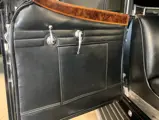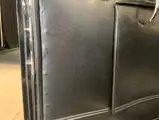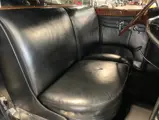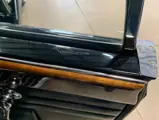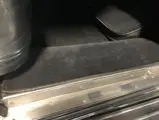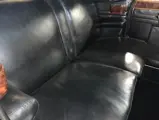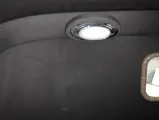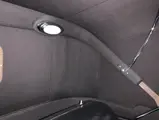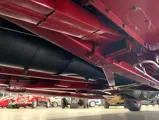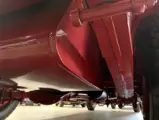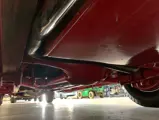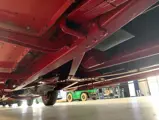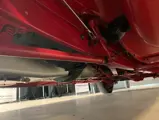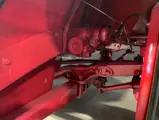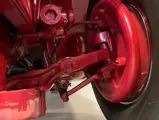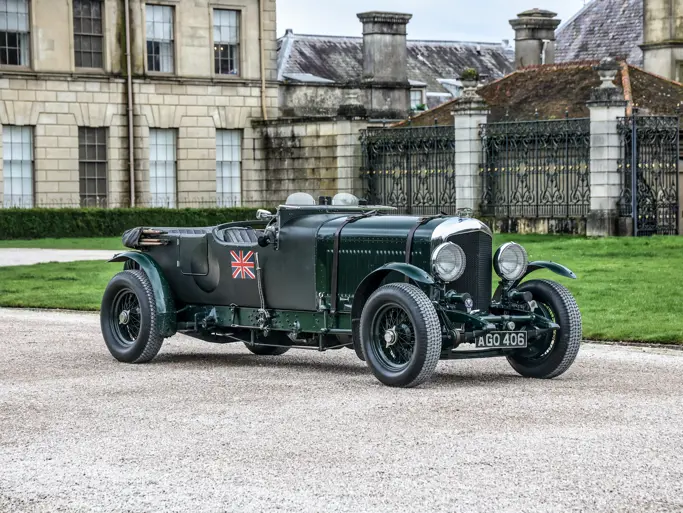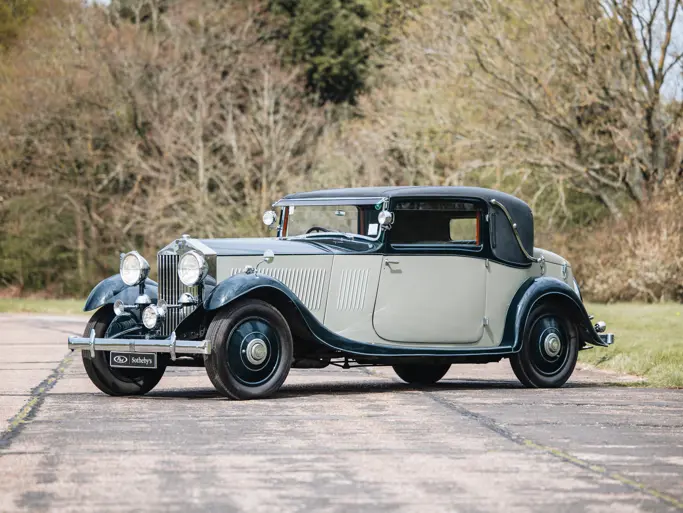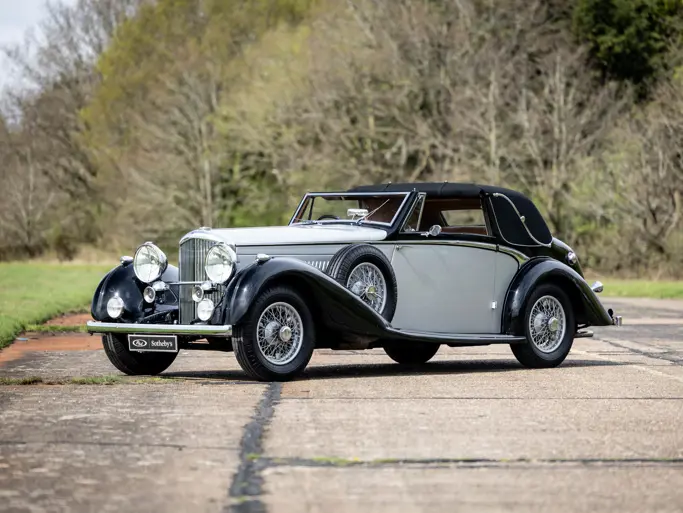Arizona 2021
1933 Packard Twelve Individual Custom Convertible Sedan by Dietrich
{{lr.item.text}}
$819,000 USD | Sold
Scottsdale, Arizona
{{internetCurrentBid}}
{{internetTimeLeft}}

- A highly important and distinctive “vee-windshield Dietrich” Packard
- One of just two extant 1006 Individual Custom Convertible Sedans
- Known, prestigious ownership history since the late 1930s
- Original chassis, engine, and coachwork; original firewall and Dietrich body tags
- Well-preserved older restoration in striking colors
- Classic Car Club of America (CCCA) Full Classic
THE DIETRICH INDIVIDUAL CUSTOM PACKARD
The most prestigious of the great Raymond Dietrich’s designs for Packard were the Individual Customs, produced on Super Eight and Twelve chassis from 1932 to 1934. These cars were built largely to individual tastes, as true “factory customs” are. Their striking bodies were known for their lithe and sporty lines, which were created by the vee’d windshields, a beltline that curved away from the windshield, and an extraordinarily long hood line, and assembled on massive 147.5-in. wheelbase chassis. They were tremendously expensive, particularly in twelve-cylinder form, and with a modified L-head V-12 that could displace 445.5-cu. in. and develop 160 bhp. The Dietrich Packard had power to match its style. It was a masterpiece of form and function.
VEHICLE NUMBER 1006-28
Offered here is one of only two surviving Individual Custom Convertible Sedans built on 1933’s 1006 Twelve chassis, the other of which is preserved as a long-term part of a significant collection, and is unlikely to become available.
Originally delivered by Packard Brooklyn on August 17, 1933, vehicle no. 1006-28’s earliest known owner was Peter Tenhengel of Morristown, New Jersey, who acquired it from another dealer later in the 1930s. Mr. Tenhengel reportedly drove the car extensively, including in tours over much of the U.S. and even up Pikes Peak. As recounted by Fred Kanter in 2005, Mr. Tenhengel eventually retired the car to his backyard shop in 1948, and there it remained until the early 1960s, complete and intact aside from the top and much of the upholstery.
In 1962 or 1963, the car was sold to the owner of the local Sunoco station in Morristown, who proceeded to “restore” it to the standards of the time, replacing much of the floor wood and refinishing the car in white and maroon. In this form the Packard eventually passed, later in the decade, to noted Packard Twelve connoisseur John Wheatley of Oklahoma, then was traded to Dr. Don Vesley of Florida.
Dr. Vesley eventually sold the car to Steve Gunder on behalf of Tom and Marilyn Congleton of Kansas City, Missouri, who had Mr. Gunder, one of the best-known restorers of the era, complete a frame-off restoration, in the striking livery of black with a red undercarriage. Mrs. Congleton went on to win a CCCA Primary First with the car in 1980.
Around 1990, the Packard was sold via Jerome Sauls to Bob and Julie Levine of New Jersey, who continued to improve the restoration and to show the car, achieving 99.5 points and Senior honors from the CCCA in 1993, followed by top honors in its class at the Packard Experience the following year. The Levines also used the car with brio in three National CARavans, proving that it ran and drove as good as it looked.
The car was purchased at the end of the decade by noted Packard connoisseur and authority, Don Sears, then in 2003 by respected collectors Joseph and Margie Cassini. Afterward the car was acquired by Roger Willbanks, Sr., of Colorado, and remained in his own noted collection until joining the current owner’s stable in 2013.
The car’s Gunder restoration is well-preserved, and its color scheme, happily, remains attractive and relevant. Further, the car is well-equipped with all of the most desirable accessories of the period, including chrome wire wheels shod in whitewall tires, dual sidemounted spares with covers and mirrors, twin Pilot Ray driving lights, and even a Packard-badged radio mounted on the steering column. It also retains its original chassis and engine, serialized very closely together, as well as its original vehicle number and Dietrich body number tags. Together with Ray Dietrich’s stunning design, it forms a magnificent, cohesive whole – one of the most beautiful convertibles of the Classic Era, a car to admire and to treasure for decades to come.

